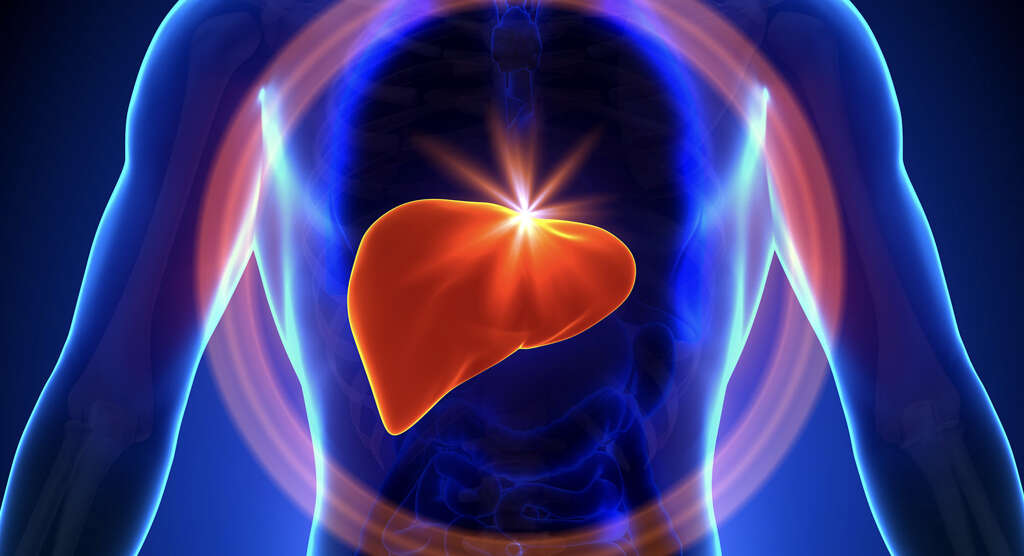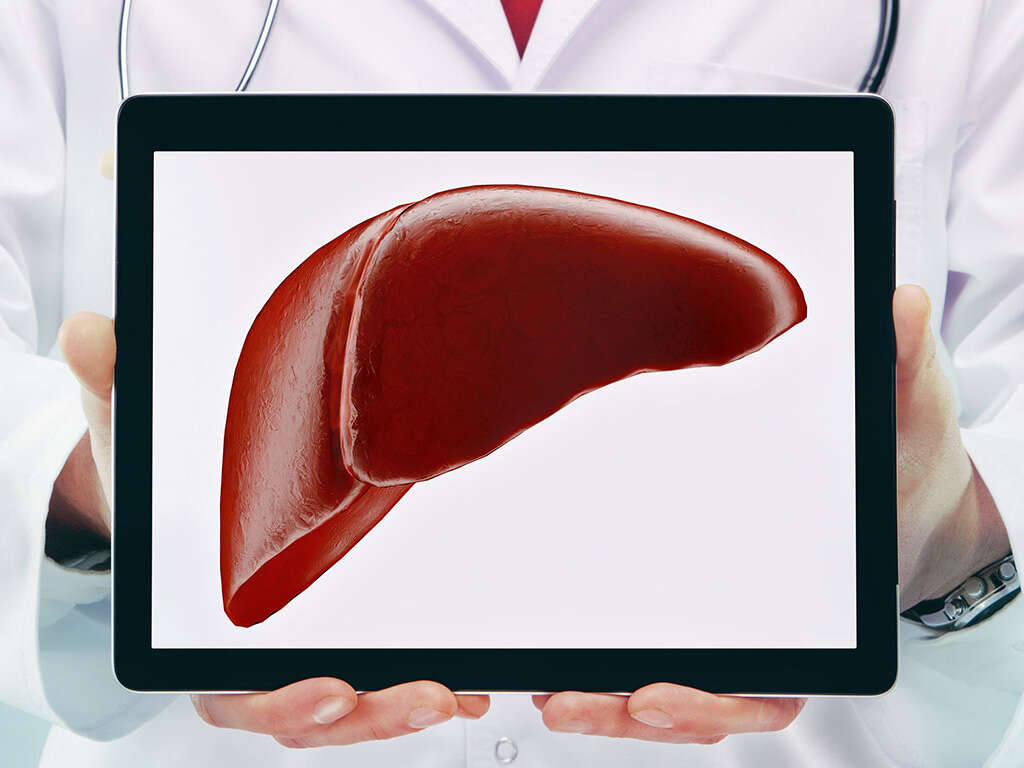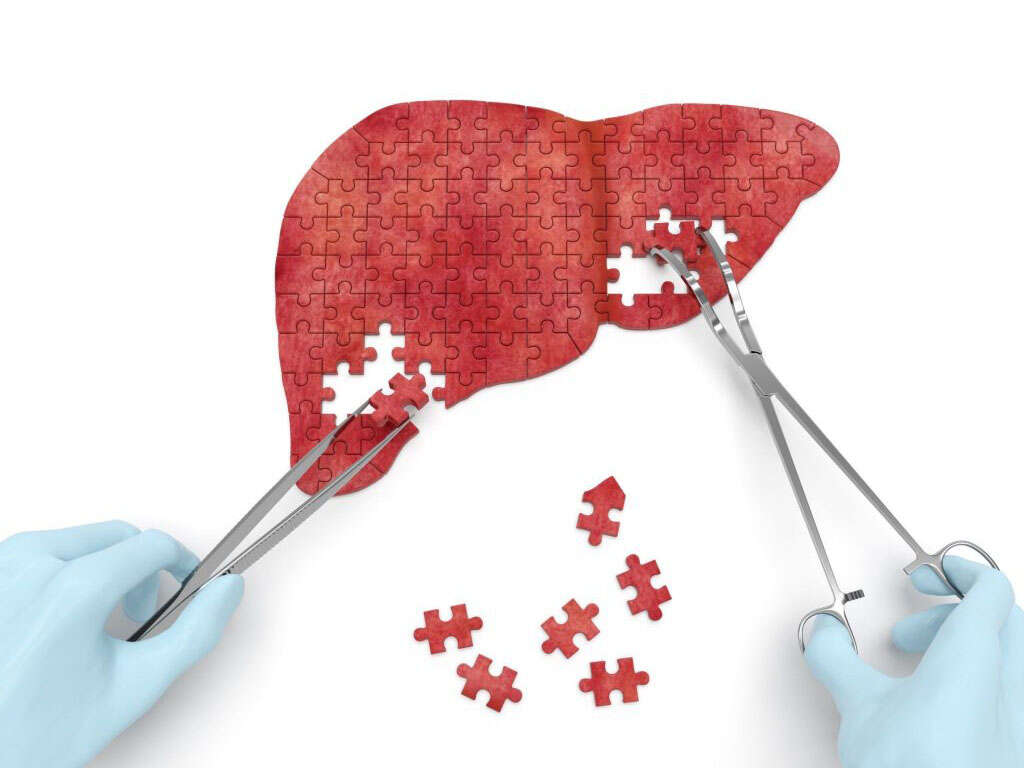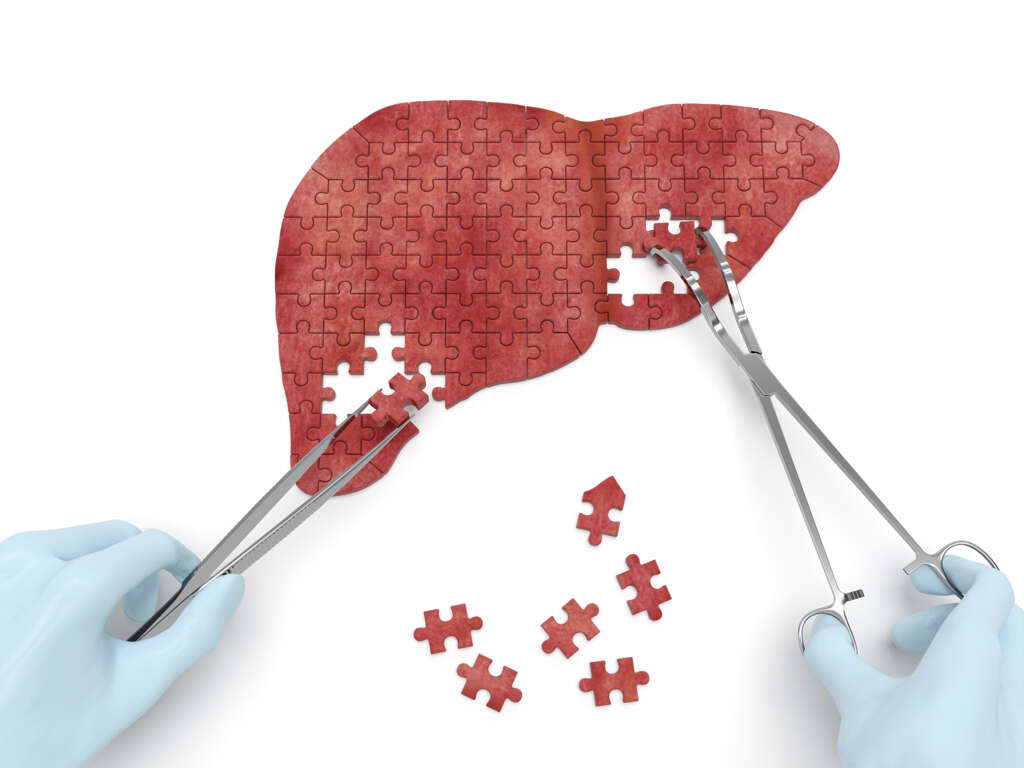What Is Hepatic Steatosis?
Hepatic steatosis is a term used to refer to any type of liver disease that is not caused by alcohol consumption. The condition is the result of too much fat stored in the liver’s cells. It is often referred to as non-alcoholic fatty liver disease.
The incidents of NAFLD are on the rise around the world, especially in westernized nations. Approximately a quarter of the U.S. population has the disease, making it the most prevalent form of liver disease in the country.

1. What Are the Causes of NAFLD?
Hepatic steatosis is linked to a number of factors, but scientists do not know the exact causes of the disease. Not everyone who has the same set of factors develops the disease. NAFLD is linked to obesity and high blood sugar levels. It is also associated with high levels of triglycerides, which is a type of fat, in the blood and insulin resistance.
When these conditions exist, people seem more likely to accumulate fat in the liver cells. Furthermore, for some people, the fat deposits lead to liver inflammation, indicating that the fat is also a toxin for those individuals.

2. What Are the Risk Factors of NAFLD?
There are a number of risk factors that increase the likelihood someone will develop hepatic steatosis. If you are overweight or obese, you are at a higher risk. People who have high levels of triglycerides or high cholesterol are more prone to the disorder, as are those who have Type 2 diabetes and metabolic syndrome.
Those who have an underactive thyroid or pituitary gland are prone to getting NAFLD. Rates of the disease are higher in people with sleep apnea than those without. Women with polycystic ovary syndrome are at an increased risk for the disease. It is possible for young adults and children to have it, but it is much more common in middle-aged and older adults.

3. What Is Non-Alcoholic Steatohepatitis?
When the deposition of fat in the liver cells leads to inflammation, the condition is called non-alcoholic steatohepatitis. The fat acts as a toxin in the liver. This does not occur with everyone who gets NAFLD, but for some, the disease progresses to this more severe form.
Over time, those who develop NASH experience increasing levels of damage to the liver. An aggressive form of the disease can lead to scar tissue development and, eventually, liver failure. The damage to the liver is similar to the damage seen in those who have alcohol-induced fatty liver disease.

4. What Are the Symptoms of NAFLD and NASH?
Frequently, people who have hepatic steatosis are unaware that they have the disease due to an absence of symptoms. Those who do experience some symptomology may feel high levels of fatigue. There is also the potential for some discomfort or pain in the upper right area of the abdomen. For individuals who have NAFLD that progresses to NASH, more symptoms appear.
Abdominal swelling, red palms and the appearance of enlarged blood vessels just below the surface of the skin are all possible signs of non-alcoholic steatohepatitis. An enlarged spleen may cause pain in the upper left area of the abdomen, just under the ribcage. Later stages of NASH can lead to a yellowing of the skin known as jaundice.

5. What Are the Potential Complications?
When the form of NAFLD is aggressive and leads to NASH, cirrhosis of the liver is the primary complication. Cirrhosis is caused by excessive scar-tissue buildup that occurs as a result of the body’s inflammatory response to the presence of fat in the liver cells. This scar tissue is called fibrosis, and it can diminish the liver’s ability to function.
When cirrhosis goes untreated, it can lead to a number of complications. It can cause the veins in the esophagus to swell and potentially erupt, causing bleeding, as well as fluid buildup in the abdomen and slurred speech. The disease increases the likelihood of liver cancer. In later stages, cirrhosis causes liver failure.

6. How Is NAFLD Prevented?
Leading a healthy lifestyle is the best way to prevent NAFLD. Those who are overweight or obese can reduce their risk of the disease by losing weight. If you are a healthy weight, maintaining that weight is important in preventing hepatic steatosis.
A healthy lifestyle includes eating a balanced and nutritious diet. Eat meats in moderation and avoid high-fat food sources. Instead, opt for nutrient-dense plant-based foods as your dominant food type. This includes leafy greens, cruciferous and other vegetables, whole grains, fruits and healthy fats. Engage in moderate exercise several days a week for 30 minutes each session.

7. How Is NAFLD Diagnosed?
The fact that NAFLD does not typically produce symptoms means that diagnosis typically occurs during diagnostic testing for other reasons. If the disease is suspected, the doctor usually orders additional tests for definitive diagnosis and to assess the severity. Blood labs and imaging tests, such as ultrasounds and magnetic resonance imaging, are common.
If the physician is unable to determine a diagnosis from these tests, a liver biopsy may be recommended. During a biopsy, a sample of the liver is collected and then analyzed in the lab for signs of inflammation or fibrosis.

8. How Is NAFLD Treated?
Treatment of the disease involves addressing the conditions that led to it. Losing weight and transitioning to a healthy lifestyle is critical. Most people who lose at least 5% of their body weight see a reduction in fat accumulation. Start an exercise regimen under your doctor’s guidance.
Those with Type 2 diabetes or high blood sugar levels should follow their doctor’s recommendations for controlling it. Lower your cholesterol with a diet that focuses on healthy plants and avoids high-cholesterol foods.

9. Are There Alternative Treatment Approaches?
There are no alternative treatments proven to cure the disease. However, there are some natural supplements that may be beneficial to those who have NAFLD. Consuming foods or beverages high in antioxidants can help reduce inflammation. Vitamin E supplements have the potential to help reduce the damage caused by the disease.
Though the reasons aren’t entirely clear, drinking coffee potentially reduces inflammation in the body, including the liver. Before you try any alternative medicinal supplements, consult with your health care provider about the potential benefits and risks.

10. What Is the Prognosis for NAFLD?
The prognosis for those with hepatic steatosis is good if lifestyle changes are made. Further damage to the liver can be prevented when the conditions that lead to the disease are eliminated through a healthy diet, exercise, and cholesterol and blood sugar control.
If the disease has led to NASH and significant liver scarring, reversing the damage is not possible. Changes in lifestyle, however, can prevent further progression of the disease. Liver failure and severe damages are less manageable, and a transplant may be the only option.












